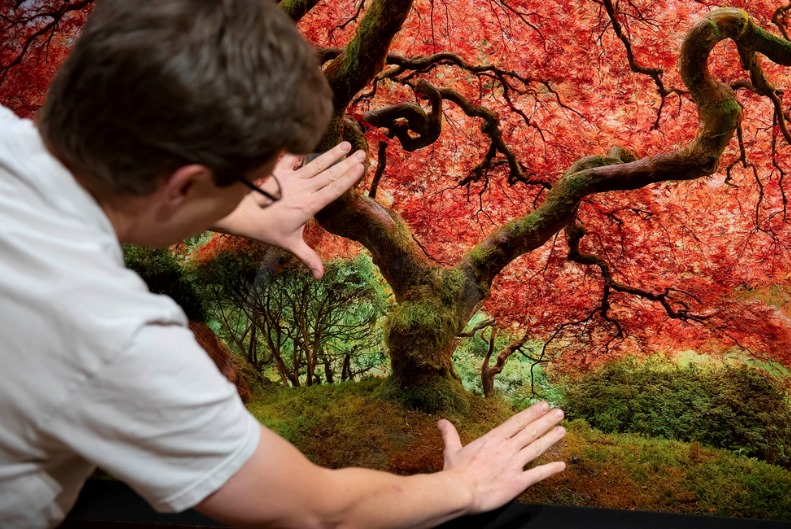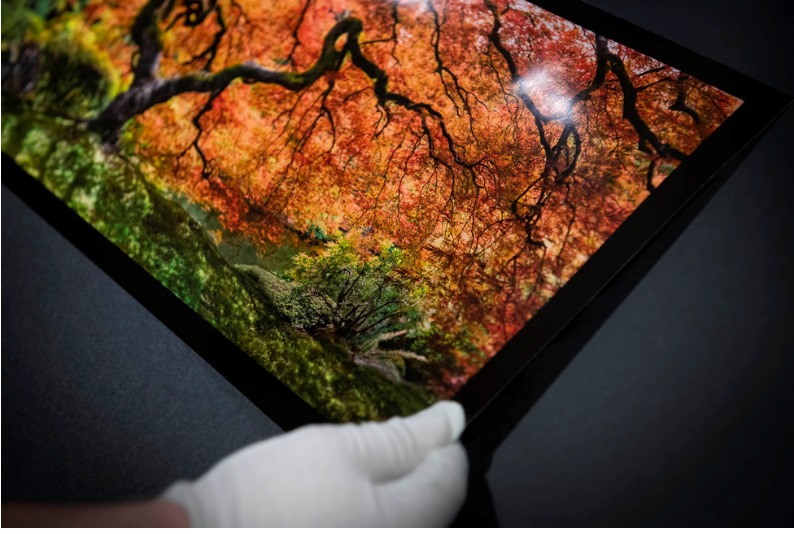In the realm of photography and printing, the choice between inkjet pigment prints and lightjet chemically processed prints can significantly influence the longevity and quality of your cherished images. This exploration delves into the comparative aspects of these two prominent printing methods, shedding light on their unique characteristics and considerations when it comes to durability over time.
Inkjet Pigment Prints: Harnessing Modern Precision
Inkjet pigment prints have carved a niche for themselves by utilizing advanced technology to produce high-resolution prints with vibrant colors. This method involves the deposition of microscopic pigment droplets onto the printing surface, resulting in images characterized by exceptional clarity and color accuracy.
One of the primary advantages of inkjet pigment prints lies in the durability of pigment-based inks against fading. These prints are often resistant to the harmful effects of UV light, making them less susceptible to color degradation over time. As a result, inkjet pigment prints are renowned for their ability to maintain vividness and integrity, especially in environments where exposure to sunlight is unavoidable.
Lightjet Chemically Processed Prints: Time-Honored Craftsmanship
Lightjet printing, a process rooted in traditional darkroom techniques, involves exposing light-sensitive photographic paper to lasers or LEDs and subsequently developing it using a chemical process. This method imparts a timeless charm to prints, capturing the essence of traditional photography with its unique aesthetic.
While lightjet chemically processed prints exude an undeniable nostalgic appeal, their longevity is subject to certain considerations. Factors such as exposure to light, humidity, and environmental conditions can impact the stability of these prints over time. Archival practices can enhance their resistance to fading, yet achieving the longevity comparable to inkjet pigment prints may require careful handling and storage.
Key Factors Influencing Longevity
The longevity of both inkjet pigment prints and lightjet chemically processed prints hinges on various factors. Proper handling, framing, and storage conditions play pivotal roles in preserving the quality of prints, regardless of the chosen method. Shielding prints from direct sunlight, controlling humidity, and maintaining stable temperature conditions are essential practices to ensure their longevity.
In the ever-evolving realm of photography, artists and researchers constantly seek to understand the longevity of prints and the impact of environmental factors on their preservation. Canadian photographer Alexander Gubski has taken a pioneering step in this direction by subjecting inkjet prints to prolonged UV harsh radiation in accelerated aging tests. Surprisingly, his findings reveal a remarkable resilience, challenging conventional expectations regarding the durability of these prints.

The Experiment:
Gubski's experiment involved exposing inkjet prints to extended periods of intense UV radiation, simulating the effects of years of sunlight exposure in a short span. The goal was to assess how inkjet prints, a popular medium in modern photography, would hold up under extreme conditions.

Results:
Contrary to expectations, Gubski did not observe any visually noticeable deterioration in the exposed prints while destructive influence of UV rays was visible on all test equipment. Traditional wisdom suggests that prolonged exposure to UV radiation would cause fading, color shifts, or degradation in the quality of prints. However, Gubski's work challenges these assumptions, opening up new avenues for understanding the longevity of inkjet prints.
Possible Explanations:
Several factors may contribute to the unexpected resilience of the inkjet prints. Advances in ink and paper technologies, as well as improvements in the protective coatings applied to prints, could be potential factors.
Implications for the Photography Community:
Gubski's findings hold significant implications for photographers, artists, and printmakers. If inkjet prints can withstand prolonged exposure to harsh UV radiation without significant deterioration, it challenges preconceived notions about the fragility of these prints. This revelation could influence decisions regarding print longevity, archival practices, and conservation efforts within the photography community.
Future Research:
While Gubski's work provides intriguing insights, it also raises questions that warrant further investigation. Future research could explore the impact of other environmental factors, such as humidity, temperature fluctuations, and pollutants, on the longevity of inkjet prints. Additionally, long-term studies involving real-world conditions will be essential to validate and expand upon the initial findings.
Conclusion:
Alexander Gubski's accelerated aging tests on inkjet prints under prolonged UV harsh radiation have unveiled unexpected resilience, challenging established notions about the vulnerability of these prints. This groundbreaking research not only sparks curiosity within the photography community but also underscores the need for continued exploration into the complex interactions between prints and their environments. As technology advances and artists push the boundaries of creative expression, understanding the durability of photographic prints becomes increasingly crucial for preserving the legacy of visual storytelling.

No comments yet